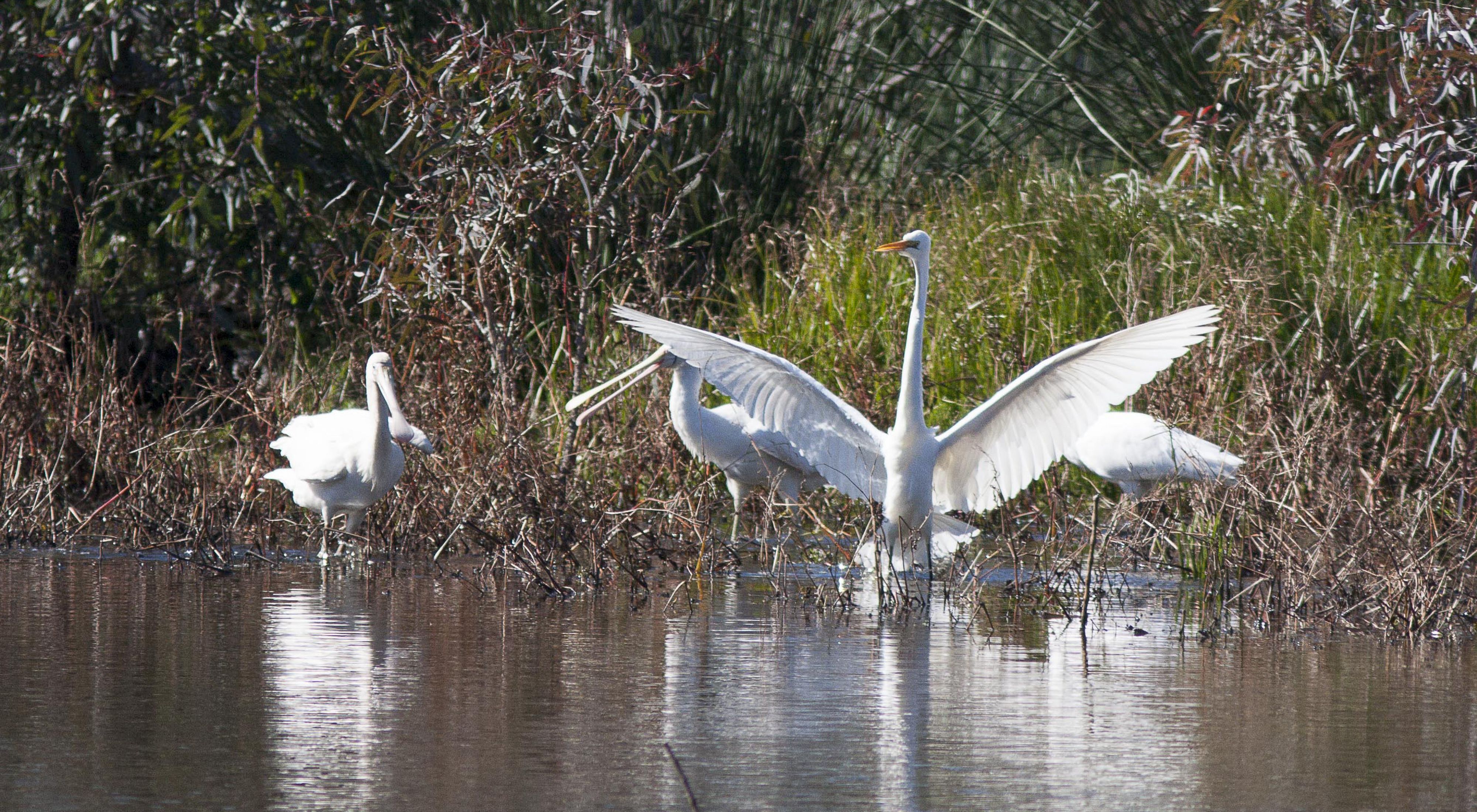Murray-Darling Basin Balanced Water Fund demonstrates that new way to share water in the Murray-Darling is delivering results
Media Contacts
-
Vanessa Billy
Communications Manager
The Nature Conservancy Australia
Mobile: 0478 638 180
Email: vanessa.billy@tnc.org
A record water donation from the Murray-Darling Basin Balanced Water Fund (MDBBWF) illustrates a different way of financing conservation in the Murray-Darling.
Major Australian natural capital investment company Kilter Rural announced today that it is forecasted to donate 5.4GL of water to 21 high value wetlands encompassing approximately 1,600 hectares in the southern Murray-Darling Basin next financial year, in addition to 3.8GL donated this financial year.
Kilter Rural CIO Euan Friday said today that the company’s donations to the Fund are thought to be the largest private water donations in Australian history.
The Murray-Darling Basin Balanced Water Fund, launched in 2015, is a partnership between The Nature Conservancy Australia (TNC), Kilter Rural and the Murray Darling Wetlands Working Group (MDWWG).
TNC’s Director of Conservation and Science Dr James Fitzsimons said today that the MDBBWF initiative has succeeded in balancing returns for investors with guaranteed conservation outcomes for wetlands and floodplain ecosystems on private land.
“The Murray-Darling Basin Balanced Water Fund not only illustrates how freshwater and wetland conservation management, restoration and protection can be done on the ground practically, it also demonstrates a different way to finance conservation. Rather than philanthropy or government funding, the MDBBWF uses an impact investment model, which generates positive environmental outcomes as well as returns for investors,” Dr Fitzsimons said.
“This is arguably the largest voluntary private donation of water to threatened wetlands in history,” Mr Friday said. He said the fund has delivered an annualised 14.1% since inception.
The water donated by MDBBWF is providing critical habitat for waterbirds, with monitoring already showing an increase in bird diversity of up to 212% and an increase in bird abundance of 282% following inundation of wetland areas to date.
Murray Darling Wetlands Working Group’s CEO Dr Deborah Nias said that the Fund’s environmental water donations have improved the environmental value of floodplain and wetlands, often benefitting threatened species of birds, frogs and plants.
“In New South Wales and far western Victoria, we’re delivering water in pockets of wetlands that harbour the endangered Southern Bell Frog. The water donation is also supporting the return of other endangered species to the wetlands, including the Eastern Regent Parrot and Murray Hardyhead (a native fish). This water has been pivotal in this region in securing these populations and expanding their habitat range,” Dr Nias said.
“Many of these wetlands or floodplain systems would not have received water for a long time. Supplying water for the environment has meant supplying a new lease of life and a regeneration of ecosystems that the wetlands support. The Fund is a clear example of a win win for people and nature,” Dr James Fitzsimons said.
The Nature Conservancy is a global conservation organisation dedicated to conserving the lands and waters on which all life depends. Guided by science, we focus on getting things done efficiently and with the greatest positive impact for conservation. We’re a trusted organisation working in more than 70 countries and territories around the world on innovative solutions to our world’s toughest challenges so that nature and people can thrive together. To learn more about The Nature Conservancy in Australia, follow us on Facebook.
